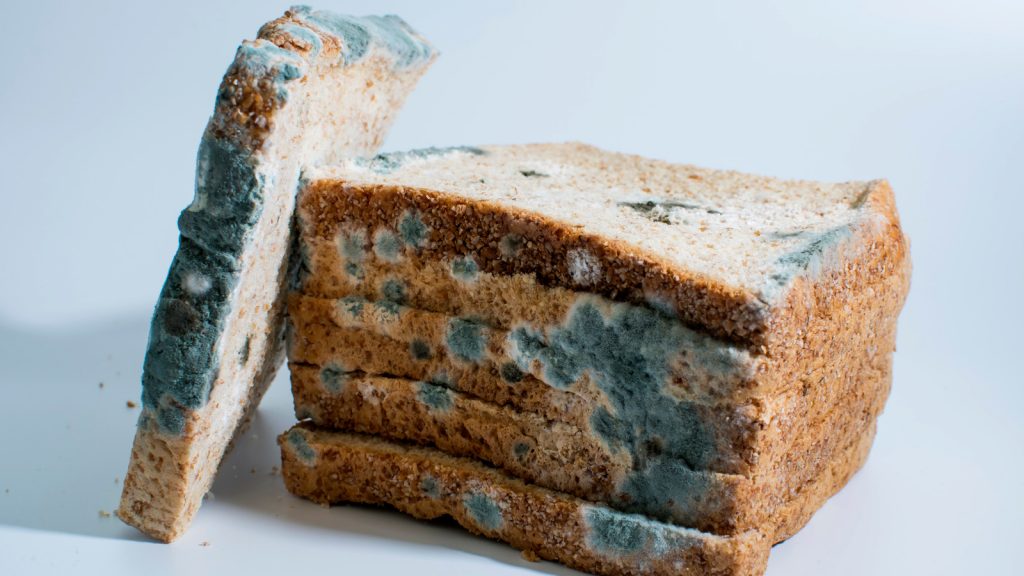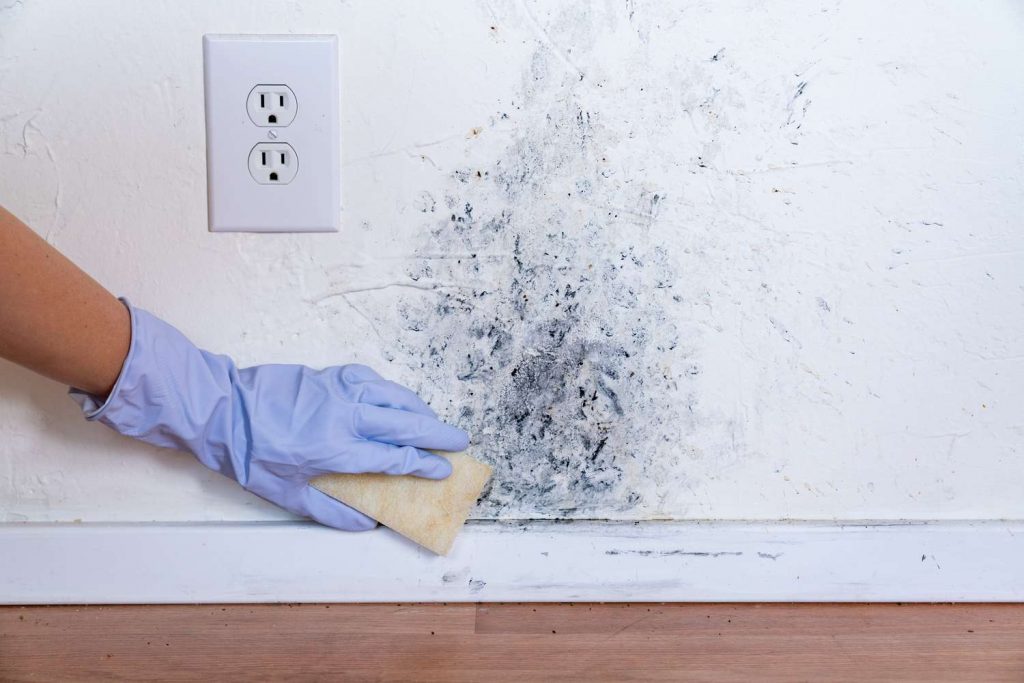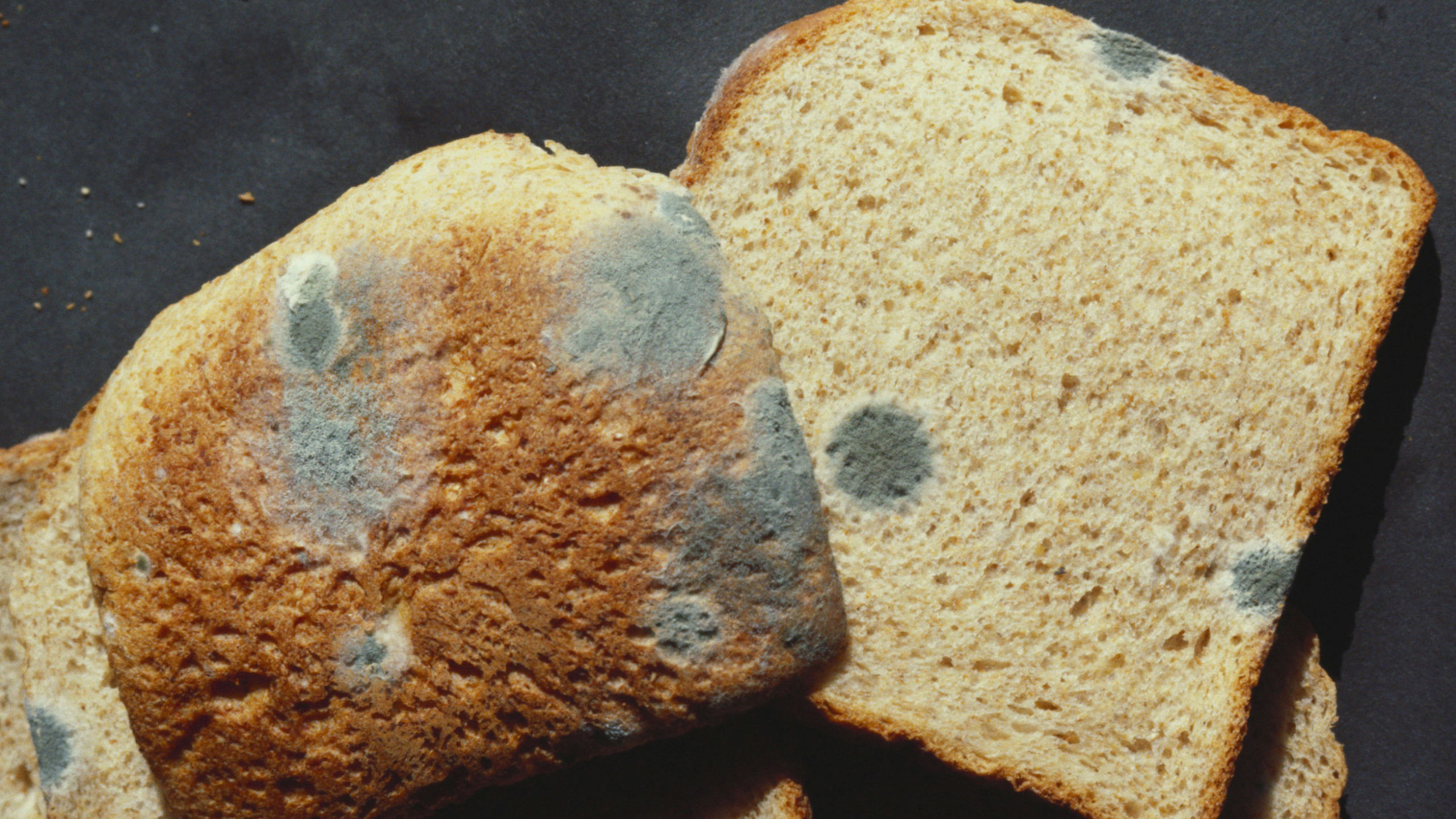Mold is a type of fungus that can grow indoors and outdoors. Although these organisms usually aren’t harmful to humans, they can poison dogs. Dogs are particularly prone to illnesses brought on by mold since they really have a lower immune system than humans. Also, some dog breeds may become allergic to mold more quickly than others. Dogs might come into contact with mold and fungi through inhalation, ingestion, and skin contact. All molds have the potential to irritate dogs and trigger allergic reactions. However, some molds can potentially result in considerably riskier health issues. If you lost your dog due to mold toxicity, sorry for your loss and receive my heartfelt condolences.
In this article, you will understand what is black mold, methods of mold exposure in pets, symptoms caused by toxic mold in pets, DIY vs. Professional mold removal, and much more.
What Is Black Mold? Where Does It Live?
Mold belongs to the fungus family and is not an animal or a plant. Molds assist in the biodegradation of organic matter, an important ecological process. However, some molds can have detrimental effects on both ourselves and our pets.
There is mold practically everywhere. That spot in your yard where you store your dog’s water bowl, your dog’s favorite window, your compost pile, your backyard stumps, etc.
Mold Killed My Dog
Black mold spores are so tiny that they can go inside your pet’s respiratory system and seriously make them sick. On the other hand, some mycotoxins can result in everything from a stomach ache to death. The worst mycotoxins are “aflatoxins,” which can seriously affect the liver, damage DNA, and result in some cancers. Exposure to black mold poses an extra risk to dogs with weakened immune systems.
Some signs of mold poisoning include coughing, wheezing, breathing problems, and lethargy. In serious cases, mold exposure can cause organ failure and death.
How Fast Do Black Molds Grow?
Moisture hidden beneath baseboards and cupboards, moist carpet tack strips, in crawl spaces, basements, and other difficult-to-reach places is a ticking mold time bomb. Molds can start to grow in less than 48 hours if there is enough moisture.
Toxic Black Mold – A Common Misconception
Before moving on, it’s important to clarify a widespread misunderstanding concerning black mold. It can be misleading to read about “toxic black mold.” The problem is that toxic and hazardous mold can appear in a variety of colors not just black. Toxic mold can have a green, yellow, brown, or black appearance.
All molds have the potential to irritate dogs and trigger allergic reactions. However, some molds can also result in much more serious health issues. While some molds produce mycotoxins, some don’t. Mycotoxins have been linked to everything from cancer to poisoning as health issues. Some molds are poisonous, but not all of them.
Molds become toxic when they produce mycotoxins which cannot be seen with naked eyes.
Where are mold’s favorite places?
The basement is one of the preferred spots by molds due to water leaks. A study has shown that about 55% of homeowners and renters have resided in a home with a wet basement. It is hard to notice water in the basemen favoring the growth of molds.
Below are some of the spots where molds can thrive;
Cluttered Places
Your heating, ventilation, and air conditioning (HVAC) system cannot circulate the air effectively if the airflow is hindered by clutter. Your curtains and vents may collect water retention, which will produce a wet atmosphere that is ideal for the growth of mold.
Steamy Spaces
Your laundry room, bathrooms, and other steamy, humid places are problems that require effective ventilation fans to get rid of the wet air.
Dripping Water
Mold can grow in places where there are leaky pipes and drips from condensation that collects on windows and pipes.
Refrigerator Drip Pan
Standing water in the drip pan stays unseen and unmoved, creating the ideal conditions for mold growth.
Air Conditioning Ducts
In organic matter, stagnant water, or condensation in your air conditioning ducts, mold can form. Mold may be prevented from forming in your air conditioning system with preventative maintenance.
Methods Of Mold Exposure In Pets
Dogs can get exposed to molds in two different ways, i.e. ingestion and inhalation.
Mold ingestion

Dogs like eating ng anything that they can get their paws and teeth on. Though we try to be cautious about what we are feeding our dogs, they can eat trash or some other mold foods without your knowledge.
Furthermore, molds can grow on the regular commercial dog food you have been giving your dog for years or home-cooked food.
Despite being held to high standards, contaminated pet foods are occasionally recalled. To decrease the possibility of mold growing on pet food at home, it should be stored properly. The likelihood of mold in your pet’s food can be decreased by using the following tips;
- Pet food should be kept in a sealed container, ideally the original one. Food needs to be stored in a cool, dry environment free of excess moisture. Before refilling containers, make sure to thoroughly wash and dry them. Food should be kept in its original packaging since it has vital details you need (such as the barcode, expiration date, and batch code). The data should be accessible in the case of a recall.
- Before and after handling pet food, wash your hands. Most bacteria can be cleaned out of your hands by washing them with soap under warm running water for at least 30 seconds. After handling pet food, it is crucial to wash it once again to prevent the spread of any bacteria (such as Salmonella) to people in the home. Through performing these two easy measures, you can prevent the spread of disease within your home to both people and pets.
- Pet bowls should be cleaned every day. Microorganisms multiply on dirty bowls after each meal. It makes sense to wash them off before putting in another meal. The water bowls should also be cleaned daily to prevent diseases.
- As you feed your pet, check the food for contamination. The meal has mold if fuzzy things are growing on it. Never give contaminated food to your pet!
- Never give expired food to your pet. Expired food loses its nutritional value and can cause diseases.
Symptoms of Dogs Eating Moldy Food
- Vomiting
- Diarrhea
- Restlessness
- Disorientation
- Tremors
- Seizures
- High fever (hyperthermia)
- Jaundiced appearance (icterus)
- Abdominal pain
Mold Inhalation
Mold is typically already present in the environment of the pet when it is inhaled through the mouth and nose. Pets must breathe, thus they cannot avoid mold if it is present in their environment.
The possible harm to one’s health depends on the types and quantity of spores in a particular area. The amount of airborne mold outdoors varies with the time of year and the weather. The varieties and concentrations of mold outside are often nothing new for people or animals.
Indoor airborne mold levels should be at or below the typical levels seen outside in the surrounding region. Most indoor spaces eventually turn into what we refer to as “mold factories,” where mold can grow, as a result of wetness.
Mold factories are often found in places where there is or have been dampness, such as window sills, sinks, bathrooms, toilets, and other similar locations. It is typical for mold to release dangerous spores and mycotoxins into the interior environment when it is developing indoors.
Symptoms of Dogs Inhaling Mold Spores
- Difficulty breathing
- Wheezing, sneezing, or coughing
- Nasal discharge
- Lethargy
- Nose and/or mouth bleeding
These symptoms are usually successfully treated, but if the problematic environment is not changed, they will probably recur. Controlling the air quality in your home will stop your dog from breathing unhealthy quantities of mold spores. If you have any moisture issues, you need to take immediate action to fix them. The EPA advises keeping your home’s moisture levels between 30 and 50 percent. Bear in mind that mold control includes moisture control.
Mold – Allergies Vs. Toxins
Allergy Symptoms In Pets
Mold is frequently linked to pet allergies, but as we’ve already mentioned, mold can actually pose a much greater threat than just allergies. Additionally, pet allergies differ somewhat from human allergies in appearance.
Common pet allergy signs include:
- Respiratory signs and symptoms like sneezing, breathing issues, coughing, wheezing, and eye and nose discharge.
- Excessive licking or scratching could result in fur loss and uncomfortable sores
- Lack of energy
Symptoms Caused By Toxic Mold In Pets
While all molds can trigger itchiness and allergy symptoms, some molds may also result in much more serious health issues. Not all molds produce poisons, however, some do. The health effects of toxic molds can range from cancer to toxicity.
Most likely, you’ve heard that black mold is poisonous. However, as we previously stated, dangerous and harmful mold can be any color, not simply black. The color of toxic mold might be green, yellow, brown, or black.
Due to the presence of mycotoxins, mold can also cause more harmful symptoms. Pets that have been exposed to mycotoxins may have symptoms like:
- bleeding via the nose or mouth
- Mycotoxin-induced neurological issues (behaving weirdly),
- gastrointestinal issues (including vomiting and stool changes)
- decreased immunity against secondary diseases
These signs can appear in pets that consume mold-contaminated food or who inhale it via their noses.
What To Do If You Suspect Your Pet May Be Sick From Mold Exposure
Even if they are not displaying symptoms, all household pets should be taken to the vet as soon as possible if you suspect your pet has been exposed to poisonous mold. In households with multiple pets, it is common for one animal to exhibit symptoms before the others. Smaller animals are typically impacted faster and more severely. Whatever the method of exposure, poisonous mold can harm your pet’s liver, kidneys, bones, spinal cord, and brain if you don’t seek veterinarian care the soonest as possible.
The majority of veterinary mold treatment focuses on supportive care, which includes managing respiratory symptoms, vomiting, and giving IV fluids to alleviate dehydration brought on by gastrointestinal discomfort. Your pet’s symptoms may be relieved and the immune system’s reaction to the mold may be reduced with the use of medications (such as steroids or antifungals) recommended by a vet. Additionally, he or she could advise giving your pet an antibiotic to prevent or treat a secondary ailment that might develop as a result of their compromised immune system.
Keep your pets away from the mold-infested area of your home if the vet confirms that they are suffering as a result of exposure to toxic mold. While you deal with the mold issue, a time-consuming process, you might need to board them or find a relative or friend who will take them in. If your pet will be staying in a house with other pets for a while, it’s crucial to confirm with your vet that all of the symptoms are caused by toxic mold exposure and not some other underlying problem. While mold-related health problems are not transmissible, other illnesses that have similar symptoms might be.
DIY Vs. Professional Mold Removal

Once you have inspected your home, you might question whether hiring a professional is actually essential. The following elements will determine the response to this question:
- How big is the area affected by mold?
- The materials, furnishings, and possessions that have molds.
- The place where the mold is.
- Whether or not you don’t mind being in small areas like your attic, basement, or crawlspace.
Mold is quite good at hiding in difficult-to-find places, like in drywall and insulation. There is a significant possibility that the mold problem is more widespread if the moldy area is larger than 10 square feet.
When you have health issues related to mold or notice a musty smell in your house that you are unable to pin down, it is time to contact the experts.
You might be able to take care of the mold yourself if the affected area is less than 10 square feet.
Preventing Future Mold Growth
- Every 3 to 4 months, you should conduct routine home maintenance inspections to stop minor leaks from developing into larger issues.
- Your home’s mold was most likely brought on by a water leak or moisture buildup in one place. The basic rule to prevent mold from growing is simple, keep it dry.
- Keeping everything dry is the greatest strategy to stop the growth of mold. Mold cannot grow without water. How can you maintain dryness? Every 3 to 4 months, you should conduct routine home maintenance inspections to stop minor leaks from developing into larger issues. Every time you take a shower, run the bathroom fans to keep the space dry.
- Check pipes in the crawl space or basement, under sinks, behind toilets and showers, and close to appliances at least once every three to four months to prevent small, persistent leaks that could cost you money. To stop the growth of mold, keep the spaces around toilets, behind appliances, under sinks, and around bathtubs and showers dry.
- To assist prevent blockages from food or hair buildup, use strainers on all sink drains. Fix any clogged pipes as soon as you notice them! Don’t let a slow-draining sink go unattended for weeks or months. The mold has more time to grow the longer you wait.

